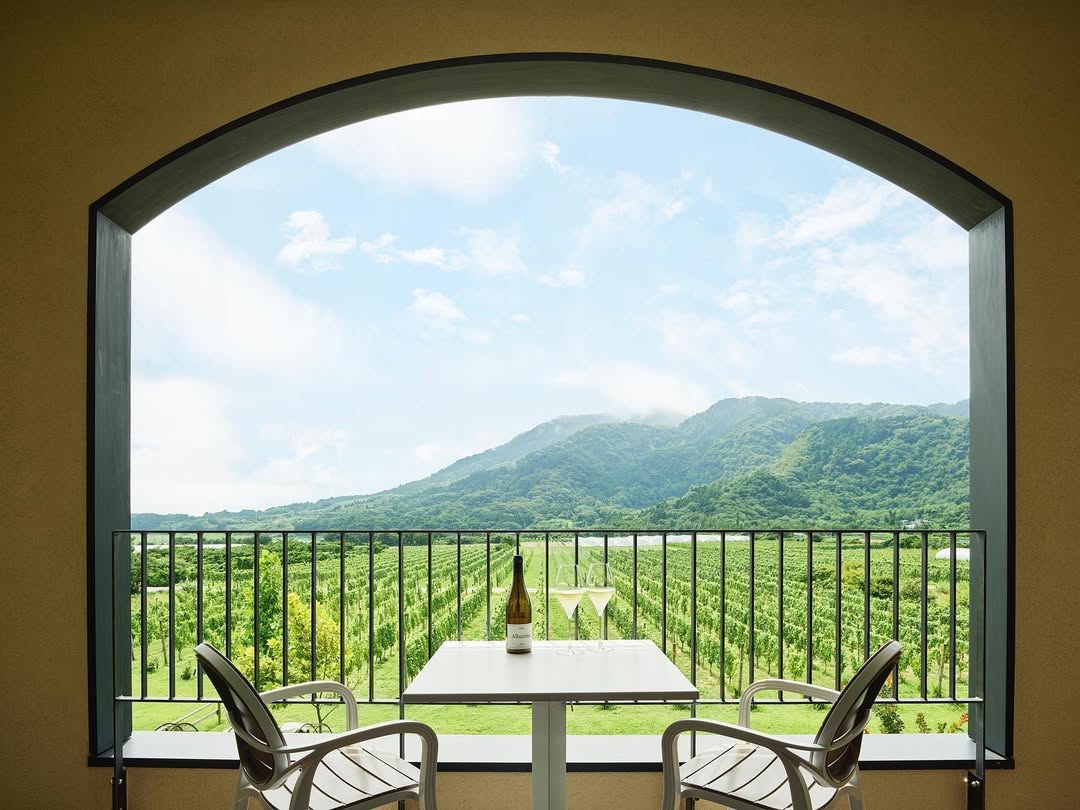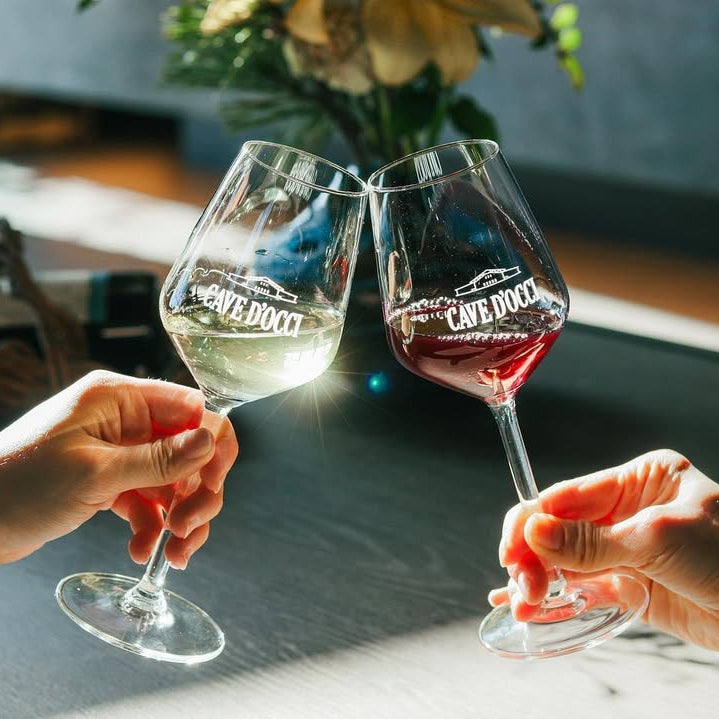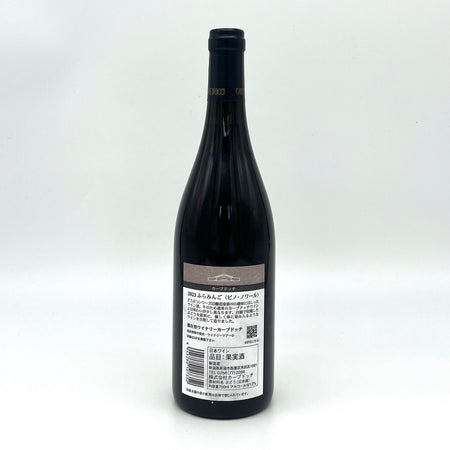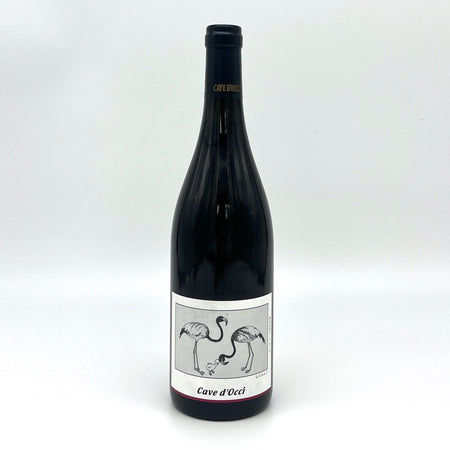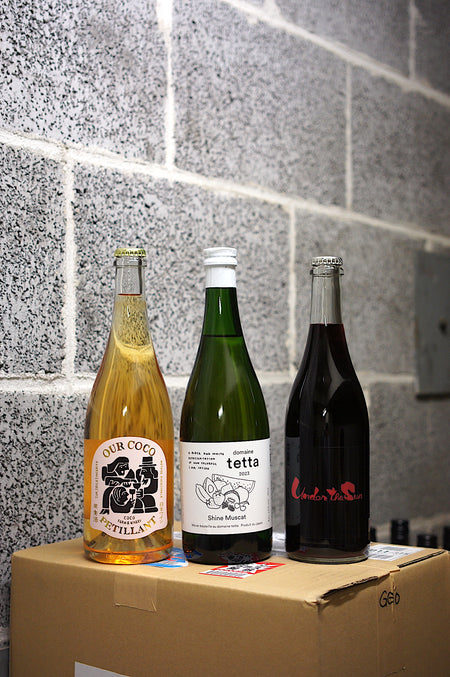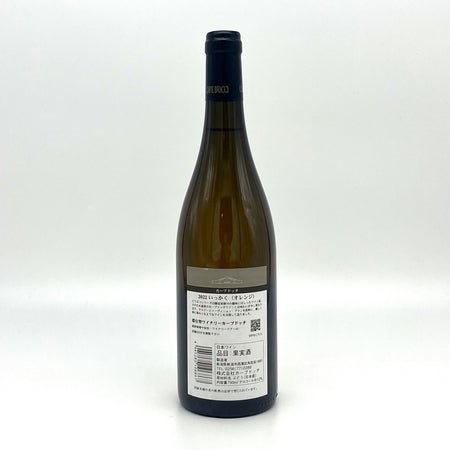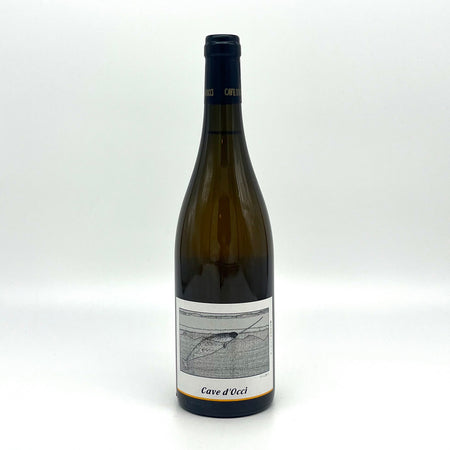Cave d'Occi Winery
Niigata, Niigata
People
Cave d'Occi Winery is located at the foot of Kakuda mountain, stretching gently along the Sea of Japan, about a 30-minute drive southwest from Niigata City. Surrounded by vast vineyards as far as the eye can see, this area offers visitors a chance to experience winemaking firsthand, enjoy wine and cuisine, and spend a rich, fulfilling time with a variety of spaces and services designed for relaxation.
Cave d'Occi means "Ochi's Wine Cellar," derived from the name of its founder, Kiichiro Ochi.
Kiichiro has a background in winemaking, having studied in Germany. Before establishing the winery, he gained experience at wineries across Japan. He also contributed to the establishment of several wineries in Hokkaido. Currently, he has stepped down from managing Cave d'Occi and is running "Occigabi Winery" in Yoichi, Hokkaido.
Kiichiro met his business partner, Chieko Kakegawa (the mother of Fumito Kakegawa, the current head winemaker), and together they began grape cultivation in Niigata, where no one was growing grapes at the time, eventually establishing their winery.
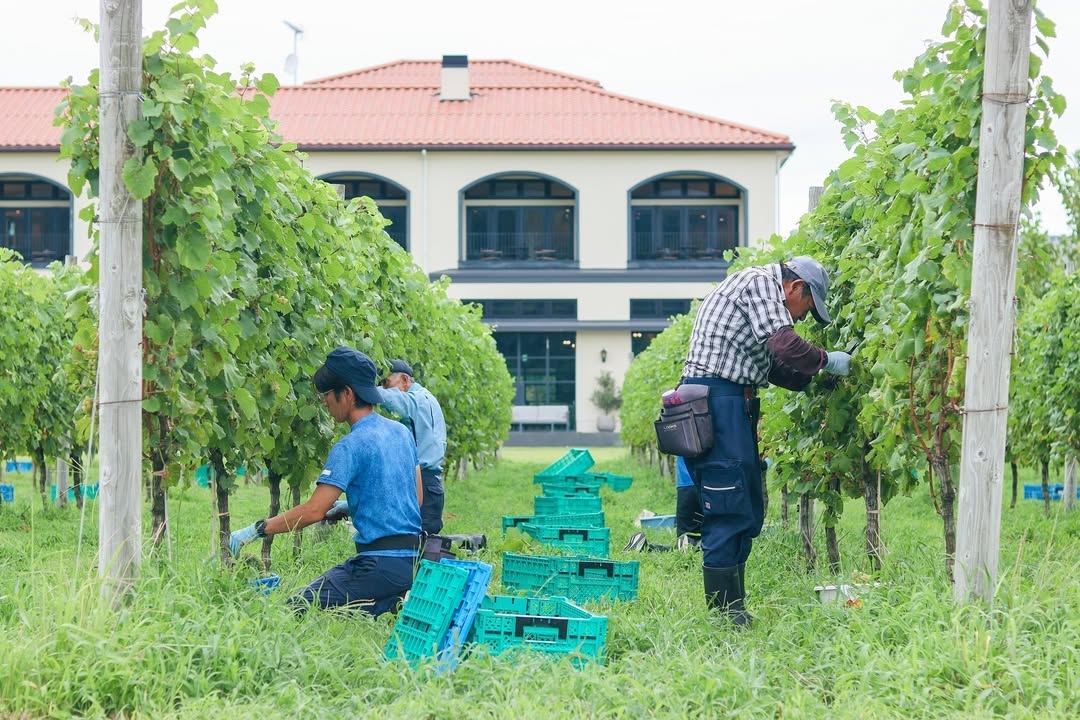
The story of the winery began in 1992, about 30 years ago. While Japan's major wine regions have since expanded nationwide, Niigata was then uncharted territory for winemaking. Despite this, they chose to pioneer winemaking at the foot of Kakuda mountain.
The first wine grape vines were planted in Niigata's sand dune area some 30 years ago, in 1992. They chose an inconvenient location 800 metres back from the main road heading west from Niigata City, because they thought it was only natural that a winery should be surrounded by vineyards.
At the time, it was unusual for wineries to have their own vineyards, and they usually bought grapes from farmers. But they wanted to do the whole winemaking process, and when they did something new, they wanted to do it where no one else was around.
The wine produced here in Niigata is Japanese wine using 100% of the wine grapes grown by their own vineyrads. The desire was there to convey the message that ‘Japanese wine is delicious’.
At that time, however, there were only a few groups a day who reached the winery by following the muddy road through the watermelon fields. They always showed the guests who came to the winery to the winery and vineyards. The guests were given a first-hand look at the winemaking process, how wine grapes are grown and how wine is made.
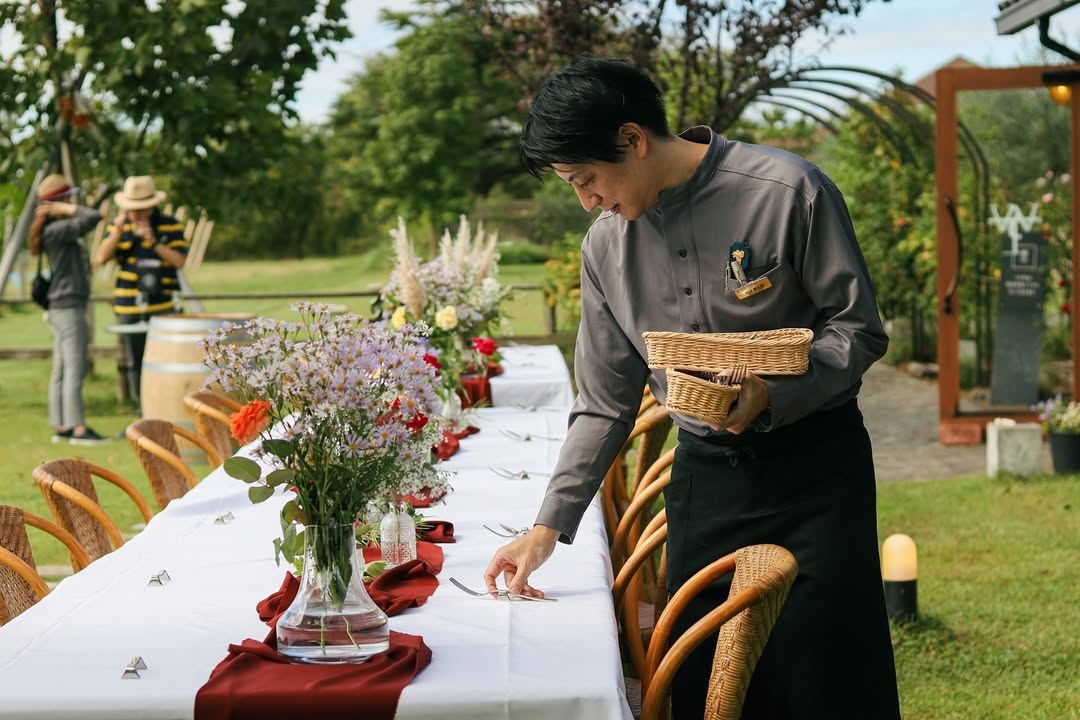
Over time, the number of guests from Niigata, the local area, the metropolitan area and outside the prefecture gradually increased. Accordingly, the winery evolved into a place where visitors could spend the whole day, with a restaurant, bakery and shop. The field roads were paved and access improved as more and more cars passed by, and with the construction of a spa and hotel, Cave d’Occi Winery became like a small village.
The head winemaker is currently Mr. Fumito Kakegawa, who is a director of the winery. He is the third son of Chieko Kakegawa, one of the founders of the winery. His desire to have people come and spend time in the place where wine is born and nurtured has never changed.
Vineyard
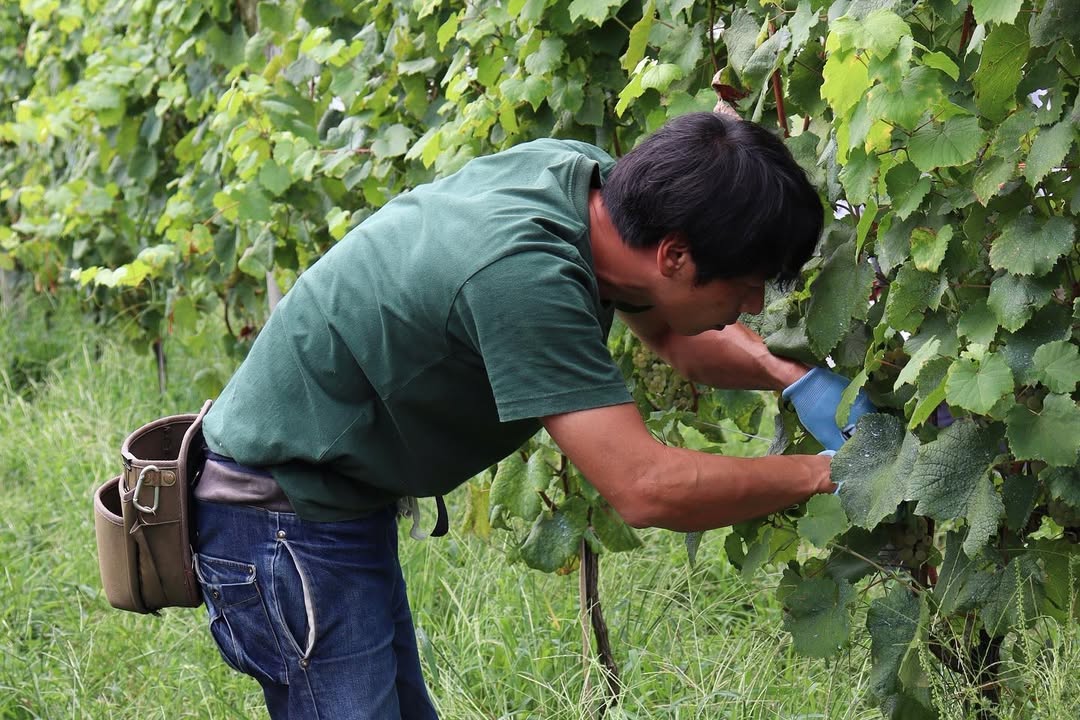
At the time of the winery's founding, the area around the vineyards was an area where tobacco, watermelons and melons were grown and no farmers grew grapes. Nevertheless, the main reason for choosing the foothills of Kakuda mountain in Niigata was terroir, or the environment in which the wine is made.
First, the soil is sandy. Sandy soils are ideal for growing wine grapes and are said to produce delicate wines. However, despite its good drainage, it is poor in nutrients, so they continue to cultivate the soil by adding compost and growing grass every year.
Another growing advantage is its proximity to the sea, where westerly winds blow from the sea all year round, making it less susceptible to disease, and it has a high heat accumulation and low rainfall in summer. The area also has almost no snowfall in winter, which is unusual for Niigata, and the high humidity protects the vines and buds. Daily cultivation work is carried out in the hope that the unique character of the terroir will be expressed in the wines.
The most important thing for a winery is to find the ‘right grape variety for the land’. This is because once the grape variety is found, it is easy to produce high quality and stable wines. The winery has had more than 40 grape varieties since it was founded, and even now has 19 grape varieties planted. The oldest vines have been planted since the beginning and are over 30 years old.
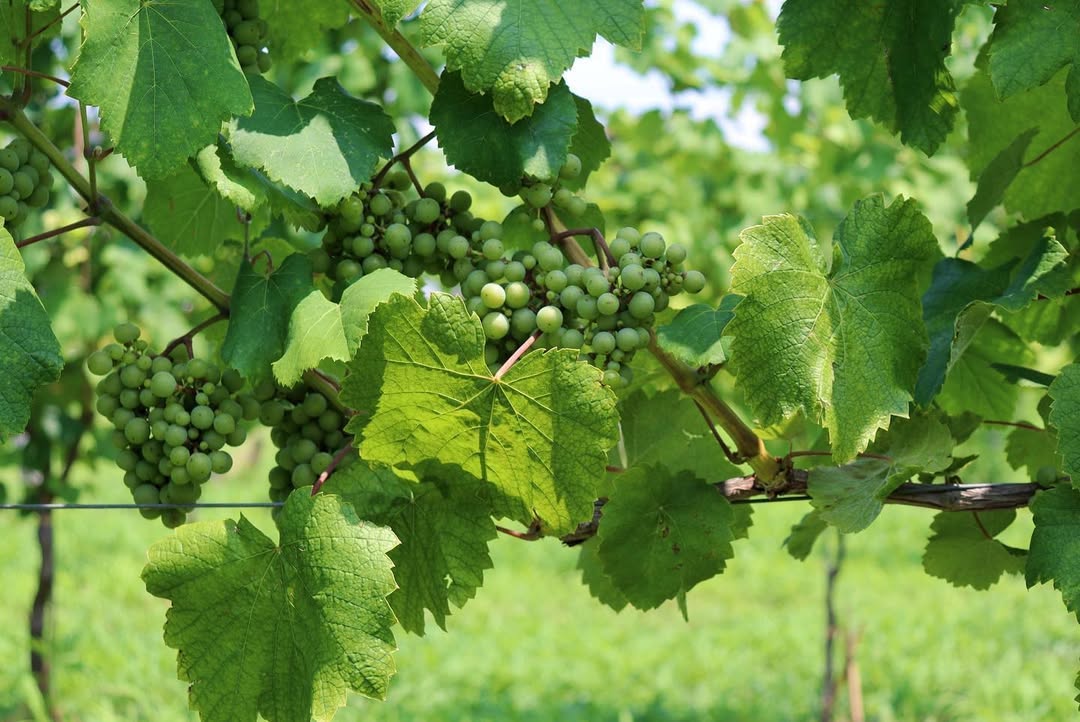
The turning point came in 2005. It was during a visit to the Atlantic coast of Spain when they encountered Albariño wine in a bar in a port town. It was strange how quickly the landscape of Kakuda mountain and that faraway place connected with each other. The resulting wine not only tasted great, but was easy to grow and highly resistant to disease, and above all it had an aroma like jasmine or Chinese tea, which can only be brought out in this sandy soil. We expect it to be exactly the right variety for the region.
The most important thing they focus on is canopy management. They are very careful about how the environment around the bunches is regulated. Canopy management is the cultivation management of the grapes to control the branches, bunches and vigour of the vine. The reason for the focus on canopy management is that straightening the branches upwards is directly linked to improved quality.
Grapes grown in their own vineyards are characterised by their gentle vigour. As long as the branches point straight upwards, the vineyard can be grown in very favourable conditions, so they focus on managing the vineyard in a way that allows the branches to grow straight upwards, without crossing over. The upward extension of the branches also improves the ventilation of the entire plant, which also helps to control fungus.
Leaf removal and pruning around the bunches is also carried out thoroughly. When pruning, they are conscious of the flow of sap and hormones and consider which branches to cut.
Tree sap is like blood for plants. Therefore, in order to grow enough bunches, the tree must be prepared so that the sap can flow without interruption to the bunches. Pruning is done with the sap pathway in mind, so that the sap flows cleanly to the desired point. If the sap is distributed throughout the entire plant, high-quality grapes are produced.
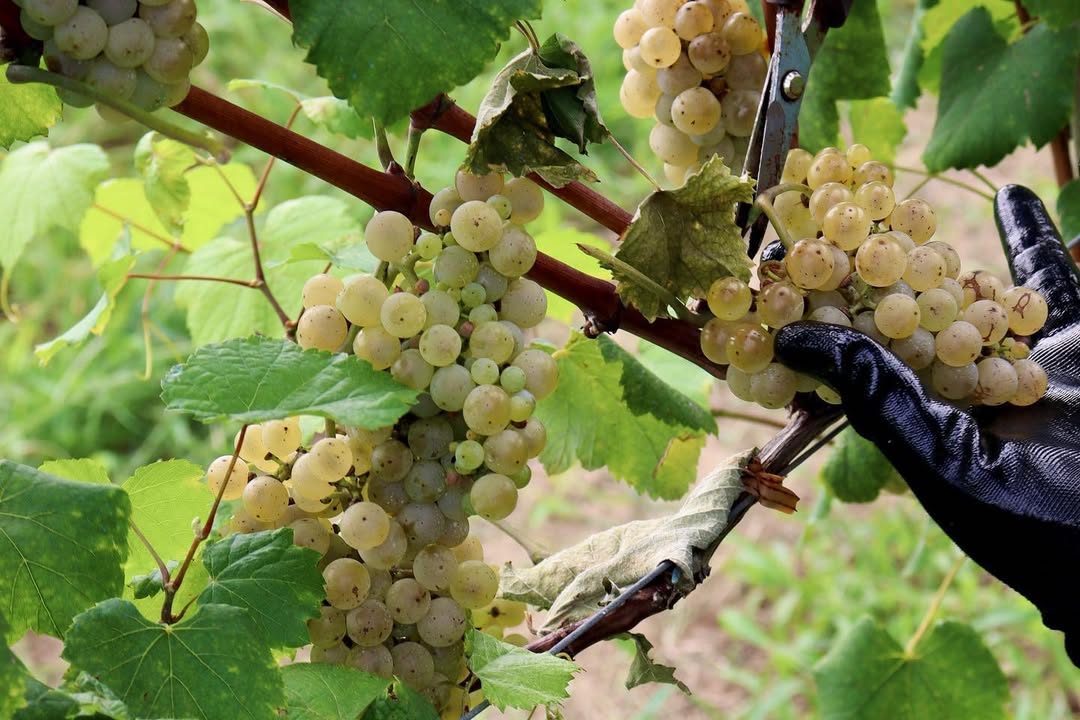
The vineyards cover a total of 9 ha. The main varieties currently grown are Albariño, Chardonnay and Sauvignon Blanc for white grapes. Black grapes are Cabernet Sauvignon, Pinot Noir and Merlot.
Fumito often tells the entire staff that ‘if you keep the vineyard clean, the vineyard will naturally improve’. If the branches are neatly arranged so that they point upwards and the bunches face beautifully downwards, the quality of the grapes will naturally improve.
Winemaking
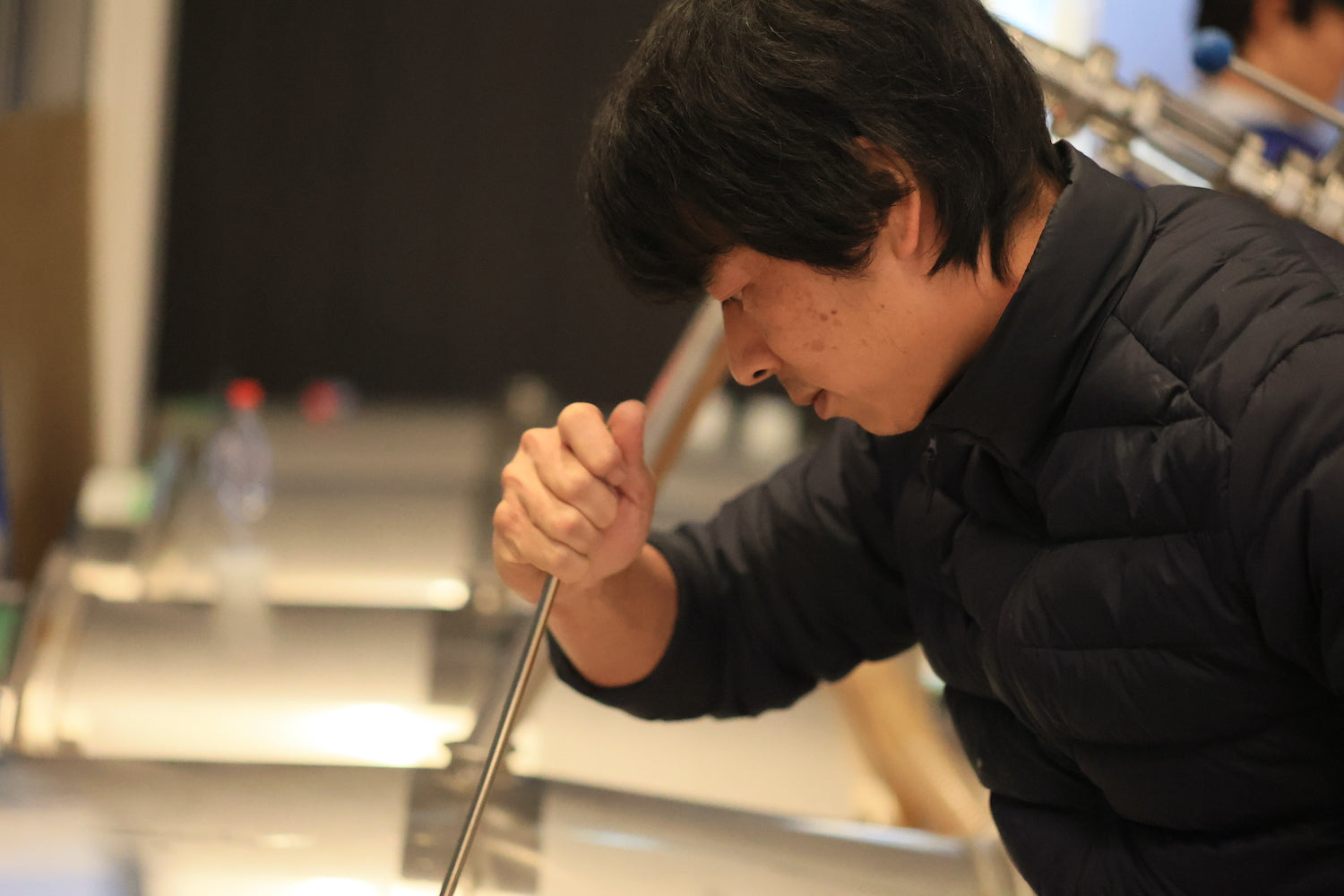
Grapes vary in flavour depending on the land, and in some years there are poor harvests due to bad weather. However, wines made from these poor harvests can be delicious. The reason for this is that the winemaker is always thinking in search of the best. The interesting thing about winemaking is that you can see and feel the human touch of such a trial-and-error process.
Wine has a culture in which the taste changes from year to year when it is made from fruit, the changes are beyond human control, and the changes are then accepted and enjoyed. This is very different from other alcoholic beverages, where quality can be kept constant.
Total annual production of wine made from grapes grown in their own vineyards is 30,000 bottles. Total annual production of all wines, including bought-in grapes, is 100,000 bottles.
The most characteristic feature of the terroir of the winery is the lightness of the sandy soil. The grapes from their own vineyards clearly express the ‘lightness with a high centre of gravity and intense aromas’ that are unique to grapes grown on sandy soils.
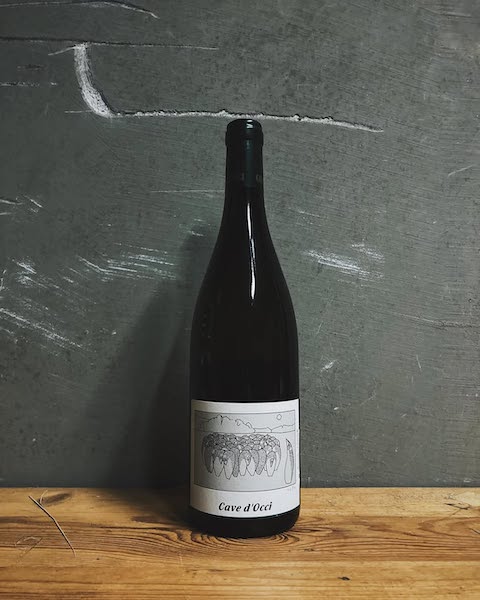
While passionate about classical winemaking, the winery is also working on a new venture, the Doubutsu (Animal) series. The series features illustrations of animals such as the badger, honeybee and penguins on the wine label, and is produced with the aim of creating a gentle, penetrating taste.
Fumito says that the wines of the series are ‘completely my own hobby’. The wines of the series are a freewheeling expression of the inspiration he received when he met the grapes.
If you compare the cépage series to classical music, the Doubutsu series could be described as jazz. In classical music, the finished form doesn't change that much, even if the players are different. However, in the case of jazz, the interpretation of the same piece of music can be completely different depending on the player. In the Doubutsu series, his preference takes precedence over the individuality of the grapes and the textbook correct answer. This sometimes results in wines that taste different from the public's perception of the variety.
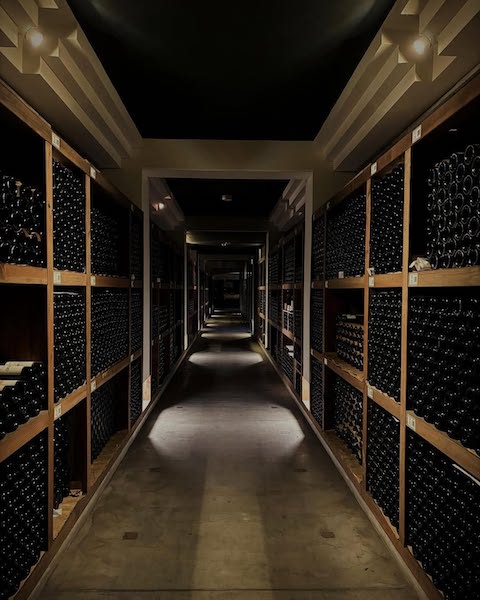
Fumito's winemaking is based on an ‘image’ rather than a technique. How will the wine be enjoyed and what do you want to achieve with it? His winemaking style is to imagine the purpose of the wine with a high resolution and guide the wine to bring it closer to that image.
'What I value above all is the concept of each wine. I think about the atmosphere, the taste and the structure of the wine by imagining the specific situation in which the wine will be consumed. Vinification technique is only a tool, it does not determine how the wine will turn out. I believe that ‘who is making the wine and what they are thinking about’ is at the heart of the production process’.
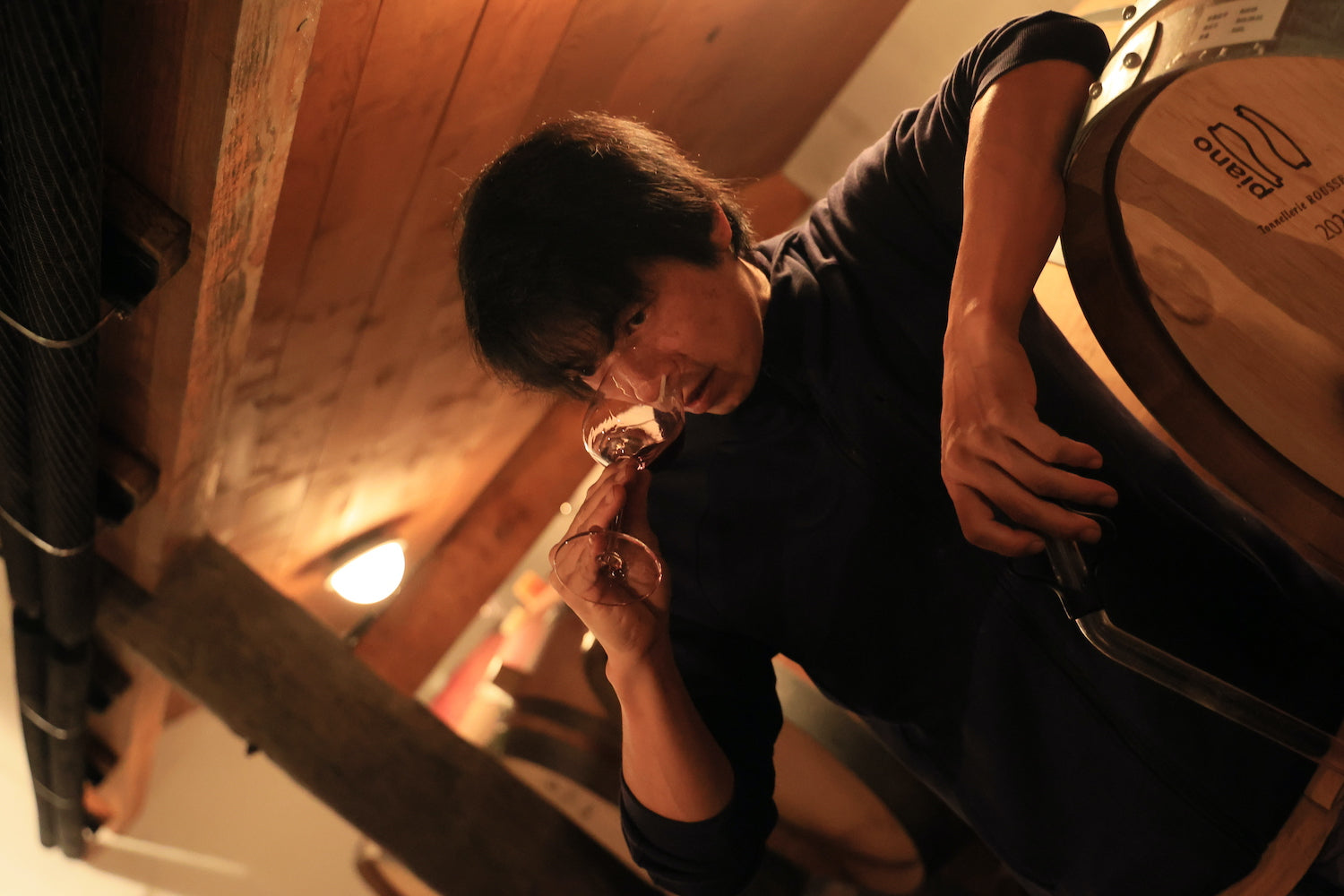
Grapes are affected by the natural environment, for better or worse. They believe in Niigata's potential to produce wine, but there are many things they cannot control, such as rain and temperature. Nevertheless, it is the people who are able to move people's hearts. Their attitude gives the wines additional value.
They hope that more and more people in Japan will enjoy their life while tasting Japanese wine, just as in Europe, where many people love to drink their own country's wine on a daily basis. It is with this in mind that they make wine every day.

